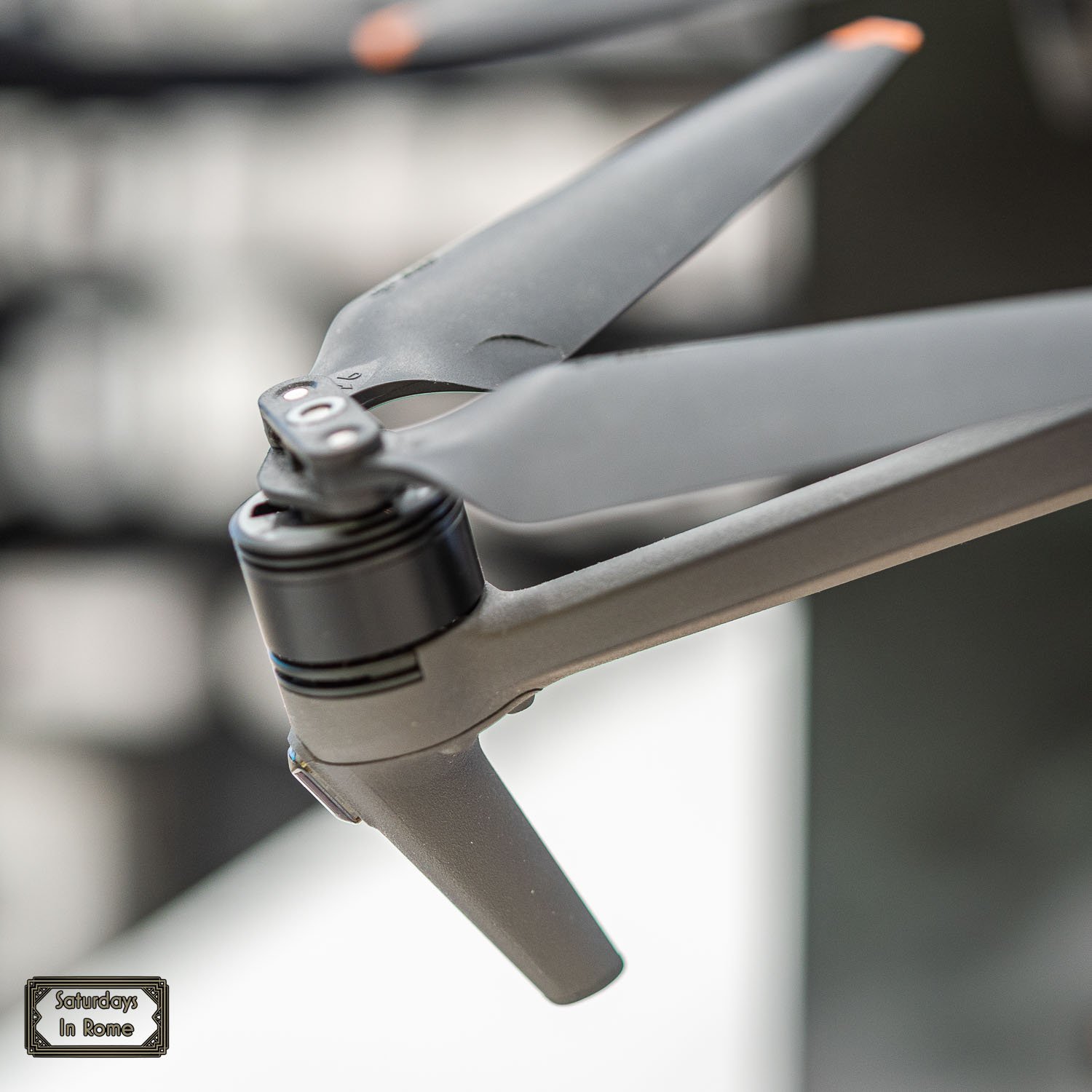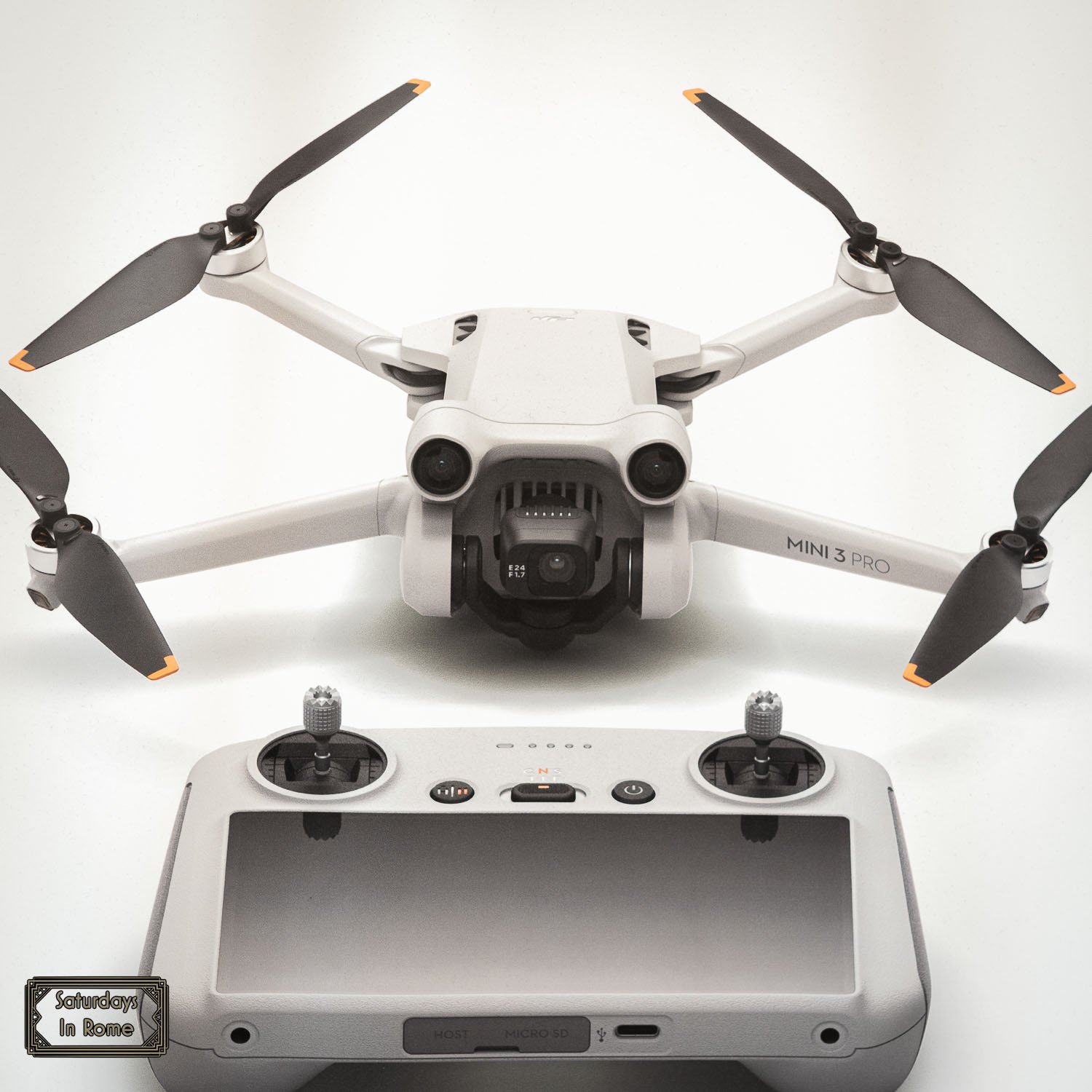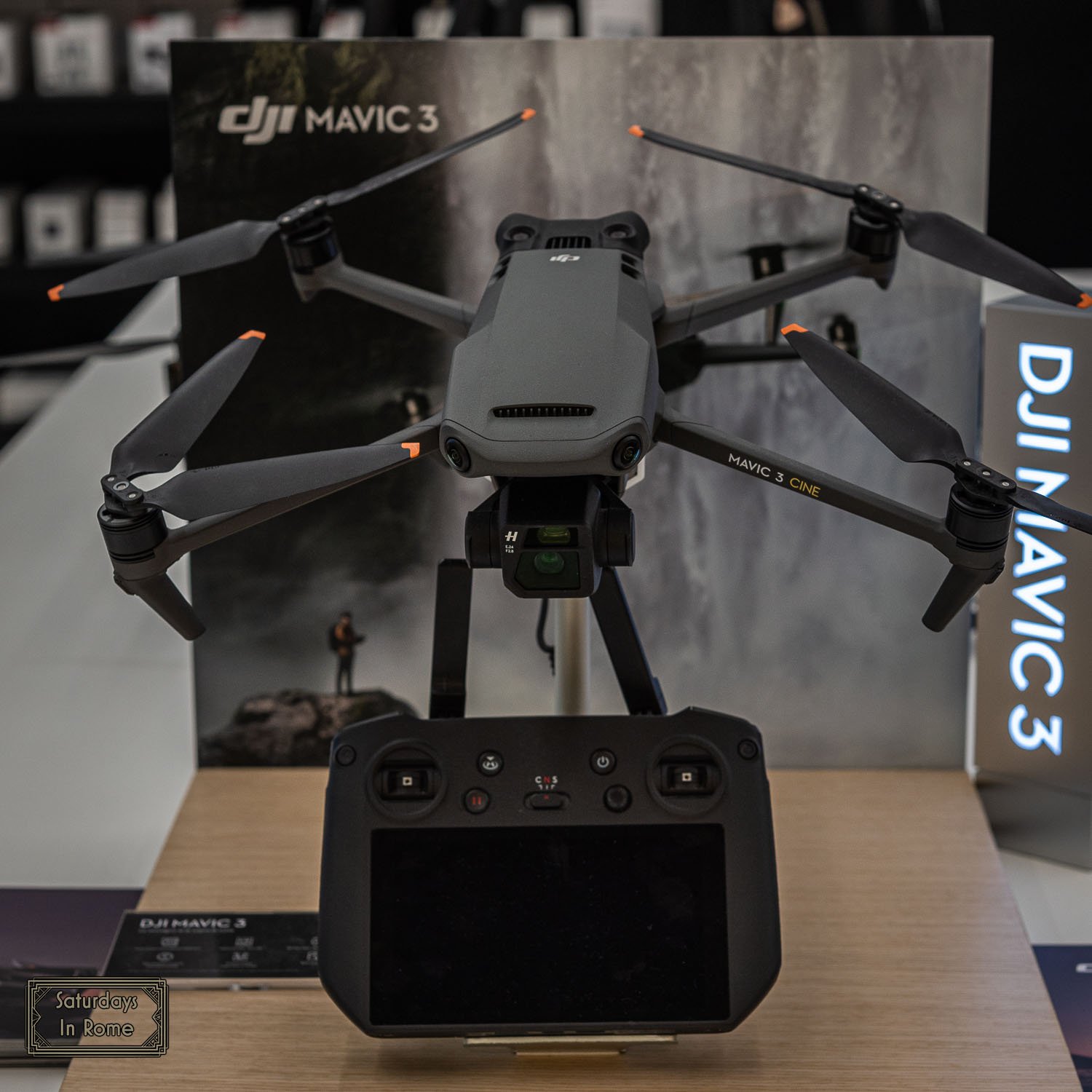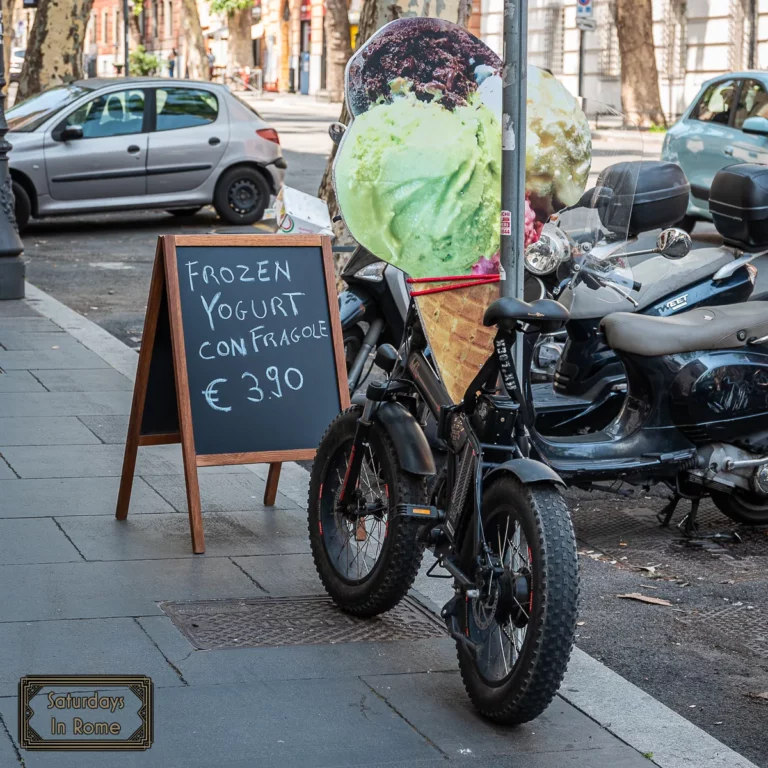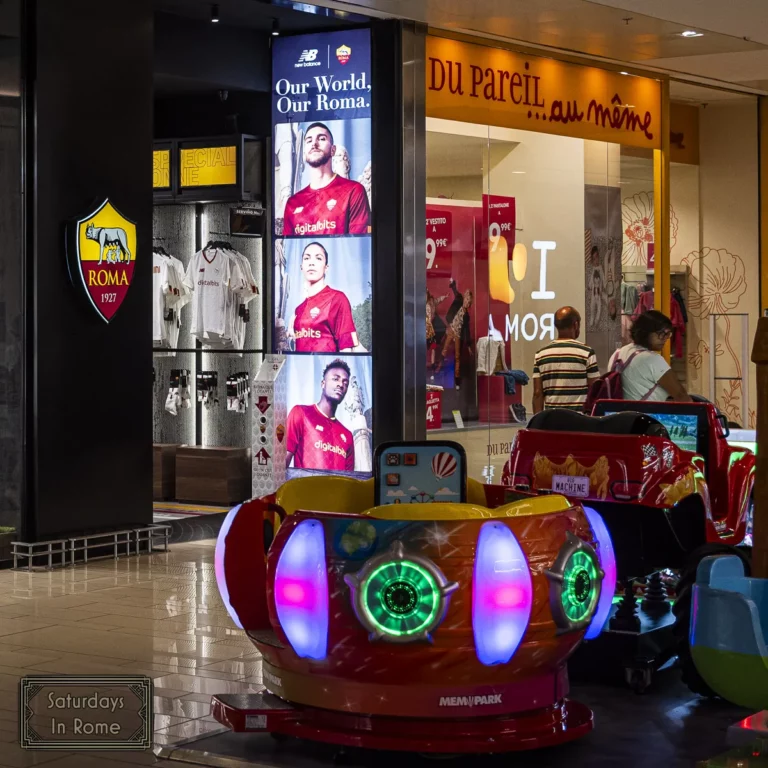Traveling With A Drone To Italy Is Simple, And Here Is How
Traveling with a drone to Italy from a non-EU country only requires a couple steps that are detailed in this article, starting with registering as an operator.
Drone Propellers
You have decided to come to Rome and you want to take your drone on a plane with you to capture some of the fantastic visual treats that the Eternal City has to offer. That is a fantastic decision, but one that involves city, country and European regulations that will be necessary for you to learn before showing up at the airport with your Unmanned Aircraft System (UAS).
Need Help Planning?
- Cheap Flights: Find The Most Affordable Flights.
- Accommodations: From 1 to 5 Stars And More.
- Car Rentals: Affordable Travel Across Italy.
- Sightseeing Tours: Explore Some Amazing Tours.
- Buying An eSIM: Stay Connected In Italy.
This post includes affiliate links.
I previously wrote about some of the drone laws in Italy that you will need to be aware of before you can legally fly your drone in Italy. If you are coming to Italy from any non-EU country, you will need to follow a couple of steps before you begin to operate your drone. First, you will need to be registered as a drone operator with ENAC. Once you register, you will receive an Operator Registration number that will need to be attached to every drone you intend on flying in Italy.
Traveling With A Drone An A Plane To Italy
Small Collapsible Drone And Controller
If you have never traveled with a drone, here are what I consider to be the most important things you need to know when traveling with your drone to Italy:
- The first thing you should do is to check with your airlines to see if they have any carrier specific rules for transporting a drone. Do this even before you buy your ticket to Rome so you don’t have any last minute scrambling as your travel day approaches.
- The most important thing you can do is to respect the laws and regulations of the country in which you will be a guest, and make sure you fly your drone legally. If you want to operate your drone in a European Union Aviation Safety Agency (EASA) country, like Italy, you need to register as a drone operator with the National Aviation Authority of the first EASA country from which you intend to operate.
- You are required to get your drone pilot license, but the good news is once this is completed in the first EASA country, it is valid across the rest of EASA countries, so you won’t need to register again as you travel around Europe.
- Be very careful when you are packing your drone for flying. You can keep your drone, without the batteries, in your checked baggage, but just be sure to switch it off for additional safety.
- Batteries are not allowed in the checked bags! All batteries need to be in your carry-on luggage, but check to make sure that they don’t exceed 100 watt hours or you may not be able to transport them. From the TSA:
- “Spare (uninstalled) lithium ion and lithium metal batteries, including power banks and cell phone battery charging cases, must be carried in carry-on baggage only. Lithium metal (non-rechargeable) batteries are limited to 2 grams of lithium per battery. Lithium ion (rechargeable) batteries are limited to a rating of 100 watt hours (Wh) per battery. These limits allow for nearly all types of lithium batteries used by the average person in their electronic devices.”
- When transporting Lithium Polymer batteries, you should consider using a LiPo Safe bag that reduces the possible damage in case of a fire. Photographers use these as well, because LiPo Bags are essential to have while traveling. Because of the volatility of LiPo batteries, many airlines require flame resistant storage charging bags.
- When you go through the airport security, open the LiPo Safe bag and tell the security officer that there are drone batteries so that they can take a closer look if needed. This will make your life much easier.
- Tools are another important thing to consider when packing. Your drone repair tools should be put in your checked luggage because passengers are not allowed to bring sharp objects on board to the plane. This certainly includes screwdrivers and similarly potentially dangerous tools. If you intentionally or unintentionally try to carry them on, there is a very high chance that security will take it away, or make you throw them out, during the security screening process.
Following these recommendations should help to get to your destination with a minimum of aggravation. Once you arrive in Italy, don’t forget to comply with the European drone regulations and have a safe visit and happy drone flying!
Are There Drone Services In Rome?
While you might need to be concerned about the possibility of a language barrier when looking for drone support in Rome, there are quite a few businesses in Rome that you can reach out to when you are in need.
DJI Has A Store In Rome
These include both service providers, like professional photographers that use drones in their work, and are ideal for architecture, real estate, commercial, documentary and for weddings and events.
Are There Drone Stores In Rome?
In addition to drone related services, there are also a lot of authorized partners that can provide you with replacement parts, chargers, bags and backpacks. The most popular and available products are from DJI, but you can also find drones and parts from other vendors, like Parrot, Yuneec and Flywoo.
Is There DJI Support In Rome?
This question can be easily answered with a quick google search, but I recently visited the DJI store in Euroma2 and I think I can make your visit just a little bit easier. The store is fairly new and I noticed that the mall maps were not updated with the location of the store. It is on the top floor near the food court and the Unieuro store.
To reach Euroma2 at: Viale dell’Oceano Pacifico, 83, you have a couple public transportation options. You can reach the mall on the following ATAC bus lines: #070, #700, #708, #788 and #779 and get off at the Colombo/Pacifico stop.
Is Drone Insurance In Italy Required?
Since December 2019, The Italian Civil Aviation Authority (ENAC) Regulation on Remotely Piloted Aircraft, has mandated that all drone operators (including hobbyists) have an insurance policy that covers third-party liability.
Drone Insurance Is Necessary
This requirement is valid regardless of weight, so it also involves drones weighing less than 250g.
From the ENAC regulation:
“It is not permitted to conduct operations with an RPAS if an insurance relating to liability towards third parties adequate for the purpose has not been stipulated and is valid.”
The drone insurance policies cover the pilot, so only one is needed regardless of the number of drones being operated.
Other Drone And Hobby Related Posts
Traveling with a drone on a plane to Italy can be tricky for new pilots, but there are some other considerations that you should be aware of that are explained for you in these posts:
- Fun Things to Do In Rome: Your Ultimate Guide
- The Drinking Age In Italy Is Only Part Of The Culture
- Is Weed Legal In Italy For Tourists?
- Where To Watch NFL In Rome – Your Complete Fan Guide
- Do Italians Drink Beer More Than Wine With Dinner?
- Italian Culture And Traditions Are An Obsession For Many
- Understand The Drone Laws In Italy With This Guides

